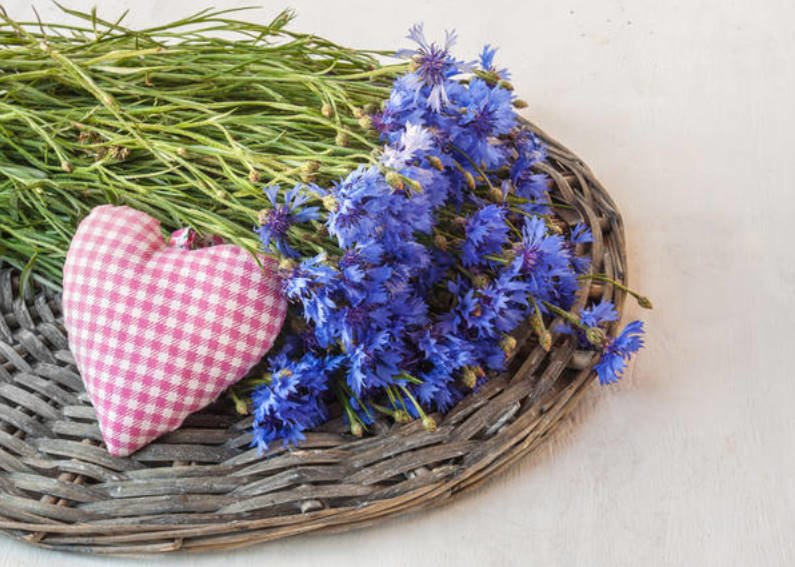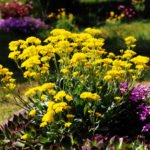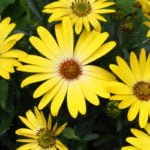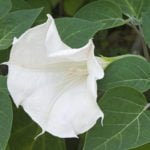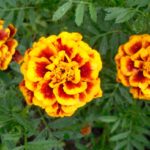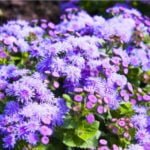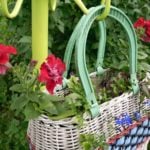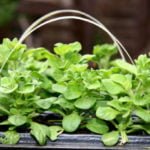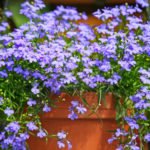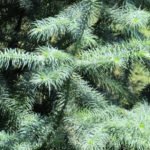Oh, cornflowers, cornflowers, how many flashes of you in the field…
Cornflowers are field plants loved by many. No wonder this flower is given such a gentle and affectionate name – cornflower. And so many songs and poems were written about him…
Cornflowers are found in meadows among multicolored grasses, spaces with blue cornflowers and red poppies look especially beautiful. They also grow in the fields, especially often found among rye crops, now like weeds, but here their blue heads swing so beautifully among the golden ears.
All this spoke of the most familiar annual variety of blue cornflower, known to everyone. But the genus is very extensive: almost 500 different types of corn flakes grow in nature.
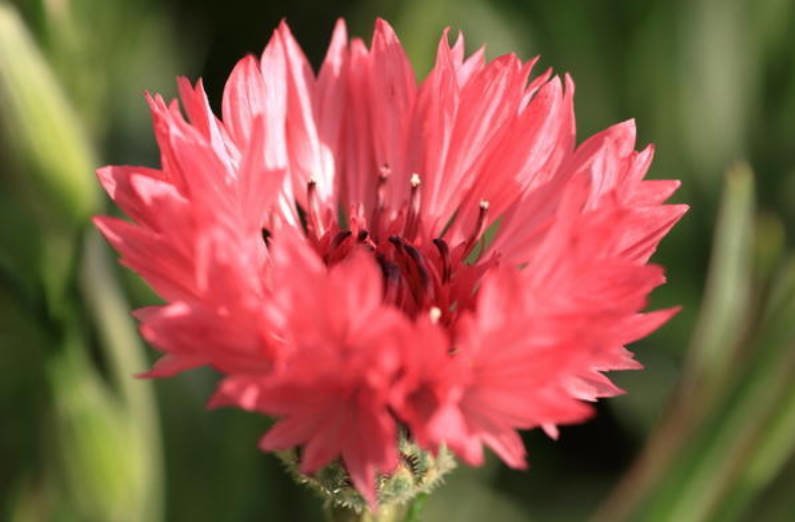
Pink cornflower
The common names of this plant are centaur, centuria, star thistle, knapsack, centauria and the more ambiguous “blue”; the popular name used for these plants in some parts of England is “loggerheads” (ordinary knapsack). Get to know each other better. Cornflower (Centaurea) is a genus of plants in the family of Compound flowers or Compound flowers (Asteraceae). It is found almost everywhere in the Northern Hemisphere.
It is believed that its Latin name comes from the Greek word kentaurion, which means Chiron: this was the name of the famous centaur from Greek mythology, Hercules, a famous teacher and healer who knows herbs and their properties.
More about the plant
All cornflowers are herbaceous plants that usually have straight, rather high branched stems, but there are plants with deciduous shoots. The leaves can be simple or dissected.
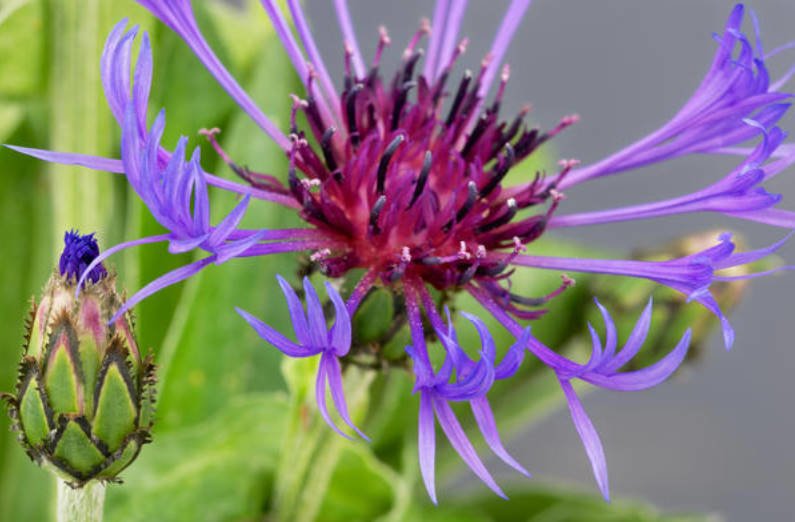
Cornflower flower
Cornflowers have an inflorescence-a basket consisting of funnel-shaped flowers of various colors. They are located along the edge and in the middle, as usual in all aster, inflorescences are tubular.
Features of different types
Interestingly, the root systems of different types of cornflowers are arranged differently. Some have a long rhizome with branches, others have many root offspring; others have a taproot that goes deep. Some species have a powerful thick rhizome.
Perennial cornflowers have another feature – their basal leaves remain green all year round. They grow in two terms: in spring, young leaves appear that live until the end of summer, and in September-October, others grow and remain until the next spring. The leaves of all species are beautiful, feathery, often pubescent so that they appear silvery. Cornflowers can be considered wonderful plants that make up a kind of beauty in flower beds throughout the season.
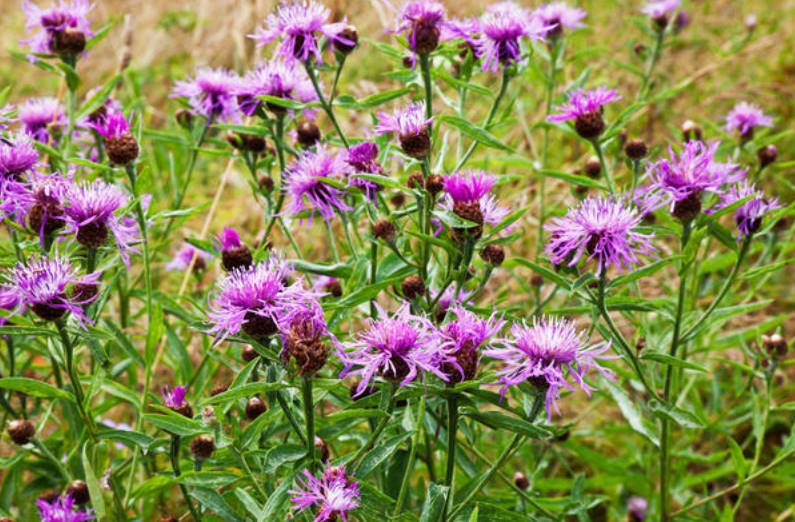
Cornflowers meadow
And at the time of flowering, they are especially elegant. In addition, they usually bloom for a long time, from about the end of June to the beginning of August, that is, about 45 days.
Groups cornflowers
The diversity of the structure of the root system is important for gardeners, since it is for this type of garden that cornflowers can be divided into 2 main groups:
- Plants with a long root or a shortened rhizome. These species form fairly dense bushes that grow slowly and reproduce only by seeds.
- The other group is represented by plants whose rhizome is horizontal or has root offspring. With their help, they easily grow and reproduce vegetatively.
Growing cornflowers
In natural conditions, cornflowers grow only outdoors, they love the bright sun. Also, in the garden, you need to find a bright area for them, because even with the slightest shading, they will grow worse. When placed in a group planting, cornflowers should be planted so that they do not interfere with each other, or the shadow of other, taller plants does not fall on them.
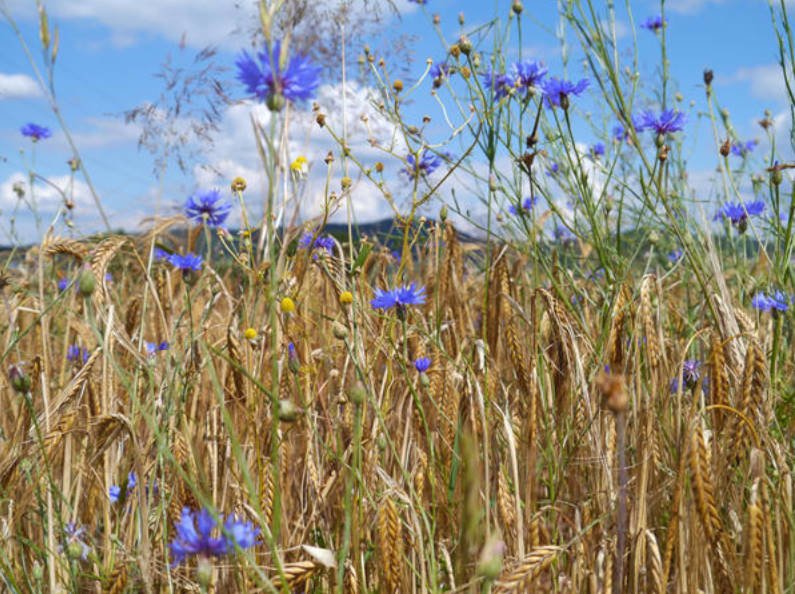
Cornflowers in the field
And only the Western cornflower has adapted to grow in a semi-shaded place. It can be planted under trees with a light openwork crown or on the side of buildings where the sun shines for at least half the day. Here he will decorate the flower garden not only with his flowers, but also with beautiful silvery leaves.
As for the rest, cornflowers are very unpretentious. They are frost-resistant, they are not afraid of frost, they do not freeze in winter. Prefer a nutritious soil, preferably neutral.
Planting of perennial cornflowers
Perennial species are usually planted in spring, in May, when the ground warms up well. The soil should be prepared in advance, fertilized. Planting pits are dug at a distance of at least 45-50 cm (1.5-1.6 ft) from each other: this is the only way plants form neat and beautiful bushes.
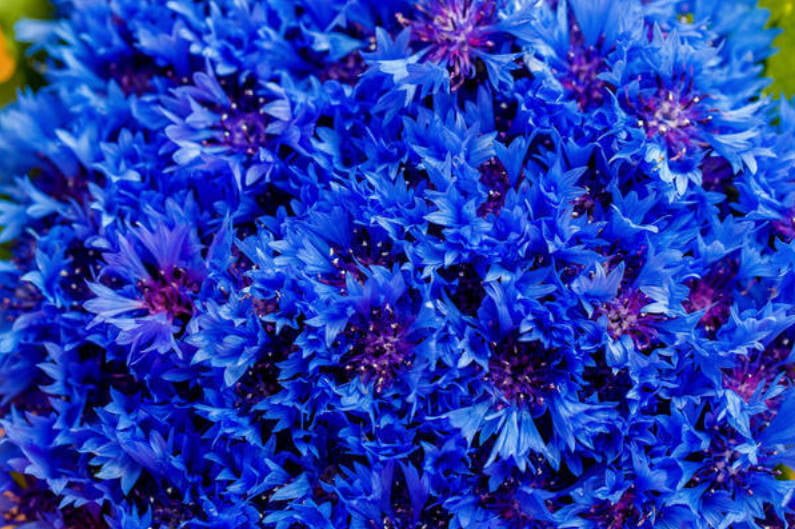
The bright beauty of cornflowers
The roots are spread down and to the sides, covered with earth and gently compacted the soil (to avoid voids) around the planted plant. Care should be taken not to overload the cornflower: the new bud (or growing young leaves) should be located at ground level.
Most species prefer moderately moist soil, but there are also very dry-loving ones. This is a cornflower with a long root going deep.
By the way, annual cornflowers — blue and musky – also have high drought resistance.
Maintenance
Newly planted plants are watered and at first they do it regularly. It is also advisable to mulch the plantings with compost. In the future, you need to make sure that there are no weeds, periodically loosen.
Planted cornflowers usually bloom in the first year, although not very abundantly. After flowering, the peduncles should be pruned to preserve ornamental plants.
Perennial cornflowers are long-lived. They can be a wonderful flower garden decoration for 8-10 years without transplanting.
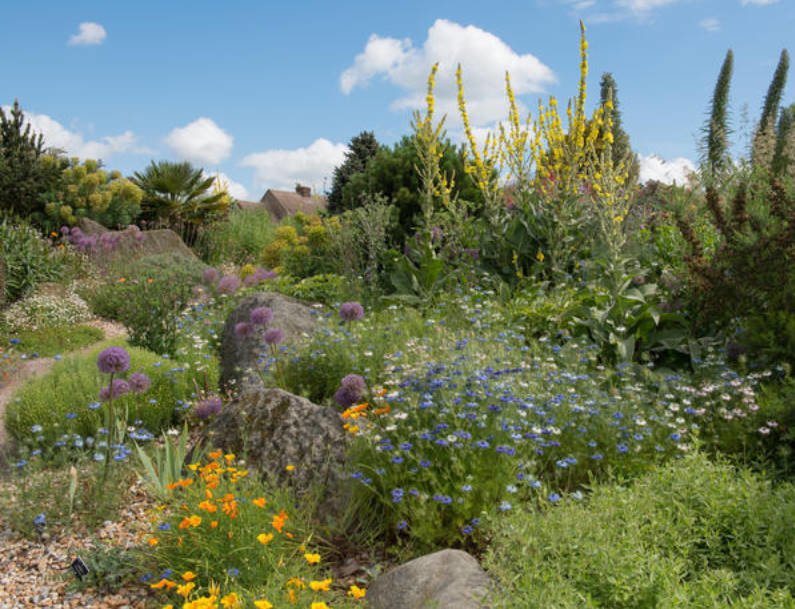
Flower garden in landscape style with cornflowers
These flowers are easy to care for: occasionally they need to be weeded and loosened, watered only in severe drought. They almost do not get sick, they have few pests, so no measures should be taken to protect them.
Reproduction
Perennial cornflowers are usually propagated vegetatively in spring or in August. When dividing, you need to pay attention to the fact that there are three regenerations of the kidneys. The landing is carried out as already described above.
Depending on the structure of the root system, cornflowers multiply in different ways. Mountain cornflower and soft use pieces of rhizome, which should have a well-developed kidney. Some types of cornflower are propagated by offspring. Cornflowers of delancey are also propagated by a rhizome segment.
Cornflowers with a long stem root cannot be transplanted — they do not take root, so they are propagated by seeds that are sown in winter or spring immediately after the snow melts into the ground.
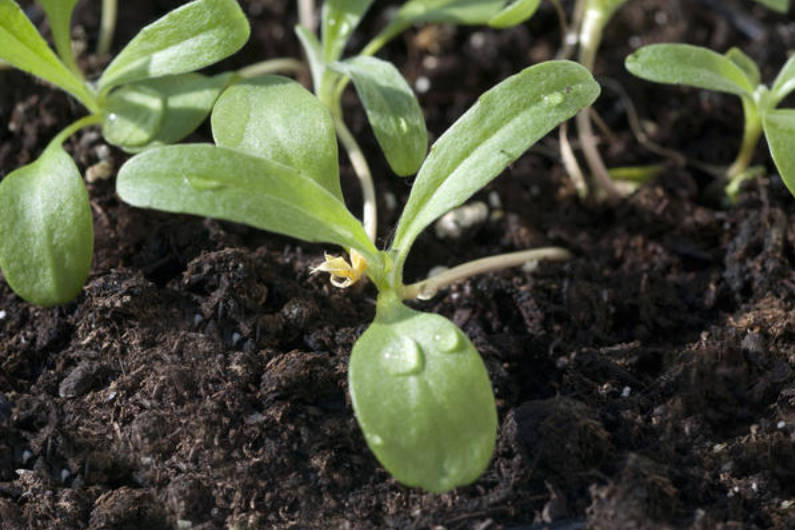
Seedlings of cornflowers
Annual cornflowers also propagate only by seeds. Sow in April-May from flower beds. They germinate in about a week.
Annual species
The most famous and widespread of the annual species is the blue cornflower (Centaurea cyanus), which is also called the cornflower of the field. The bright blue color of its inflorescences has long been loved by gardeners, and this plant migrated from meadows and fields to gardens.
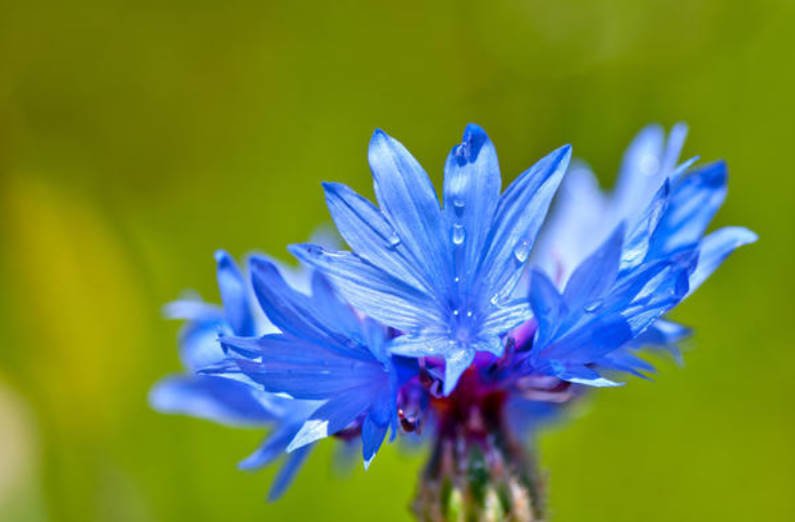
Cornflower blue
Breeders did not ignore this and created varieties and forms with different double flowers :
- Azurea Plena, has bluish flowers;
- Plena Rosea-pink flowers;
- Plena Carminea-red flowers.
Stunted cornflowers (up to 30 cm/1 ft) with bright flowers of various colors were also bred.
The British – lovers of gardens in a natural or rustic style – also did not ignore this flower and presented beautiful varieties of cornflower field:
- Black Bal – flowers nice chocolate color;
- Blue Diadem – inflorescence-baskets of deep blue color;
- Florence Pink-pink inflorescences on a compact Bush.
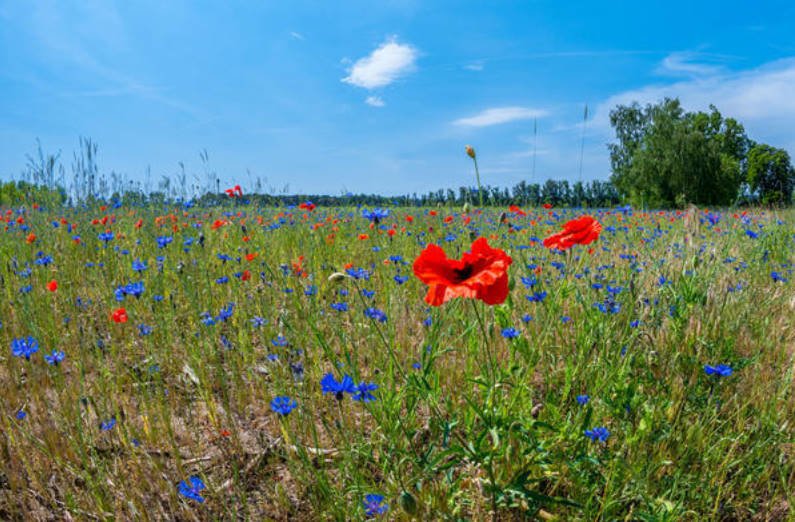
Cornflowers and poppies
This species is indispensable when preparing a mixture for a lawn in the Moorish style, its blue-blue color goes well with red poppies and calendula.
Perennial cornflowers
Cornflower mountain
The most common perennial species is the mountain cornflower (Centaurea montana). A low-growing shrub up to 40 cm (1.3 ft) tall, blooms in the first half of summer with blue flowers. There are varieties whose names speak eloquently about their color: Alba, Pink, Violetta. The Grandiflora variety has large bright blue flowers, and the Parchem has purple—lavender ones.
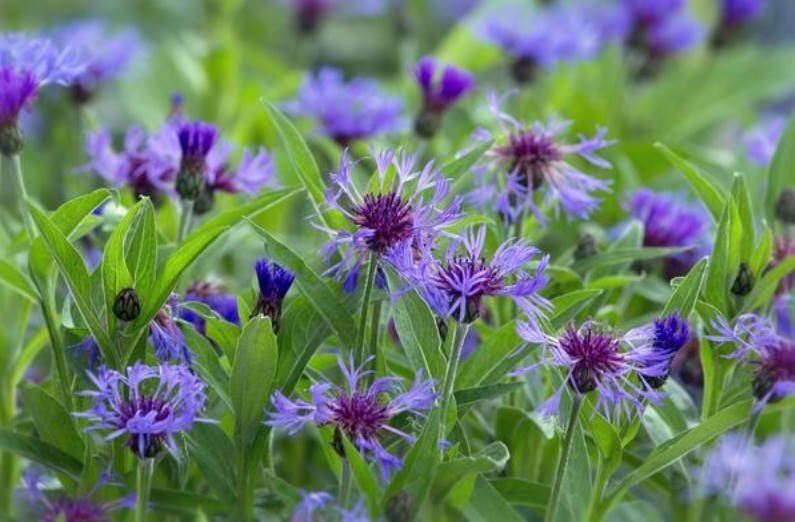
Cornflower mountain
Centaurea pulcherrima
No more than 40 cm (1.3 ft) grows Centaurea pulcherrima. Decorative silvery pubescent leaves, as if covered with cobwebs, and pink flowers that adorn the plant from June to July.
Whited cornflower
The unusual color of the leaves has a white cornflower (Centaurea dealbata): they are whitish-pubescent from below. The height of the stem is up to 80 cm (2.6 ft). Pink flowers with a white center decorate the plant in June-July. There is a variety of Steenbergia that forms carmine-purple flowers.
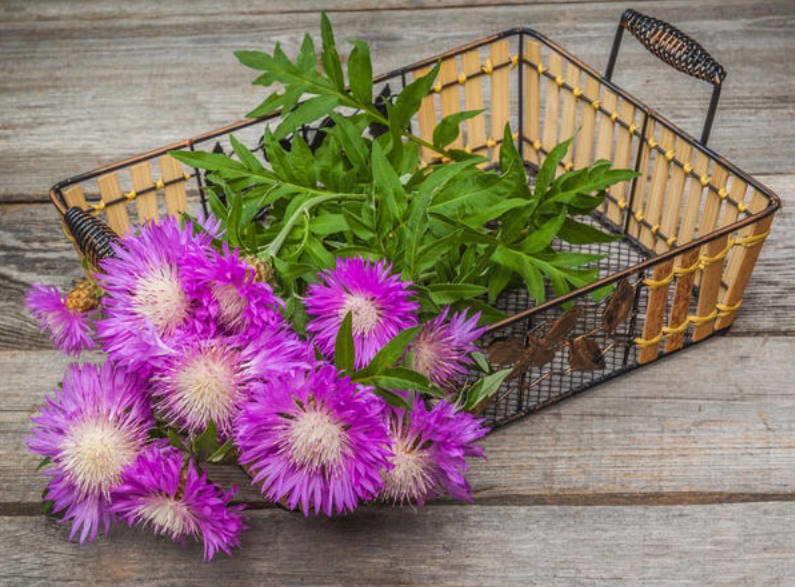
Cornflower yellow
Cornflower large-headed
Tall big-headed cornflower (Centaurea macrocephala) grows up to 1 meter (3.3 ft). This species is decorative with unusual large buds that bloom bright yellow flowers in June.
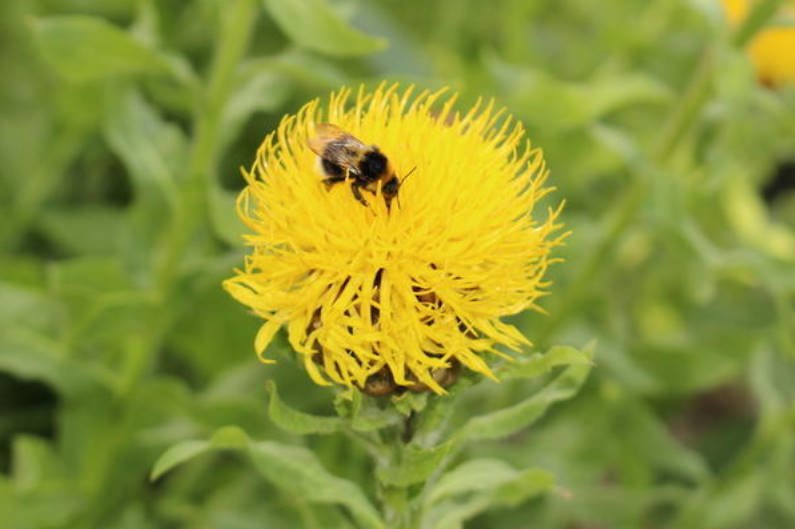
Cornflower large-headed
Centaurea bella
Low (no more than 20 cm/7.9 in) spherical bushes are formed by Centauria bella. It has feathery dissected leaves, as if covered with whitish felt, and pink-purple inflorescences that bloom in midsummer for a month.
Cornflowers in the garden
How to place cornflowers in your garden? They are good in some small groups and in mixborders with other perennial flowers that do not pretend to be special chic: daisies, aquilegias, rudbecias, veronica.

Floral mix with cornflowers
If there are slopes on the site, cornflowers will be an excellent means of protecting the soil from erosion and at the same time decorate the slope. Stunted and creeping species are perfectly arranged in rockeries and rock gardens.
For a novice grower, this is one of the most favorable plants, since there are no difficulties in breeding them. Grow blue, yellow and purple cornflowers in your garden – unpretentious and so cute.
